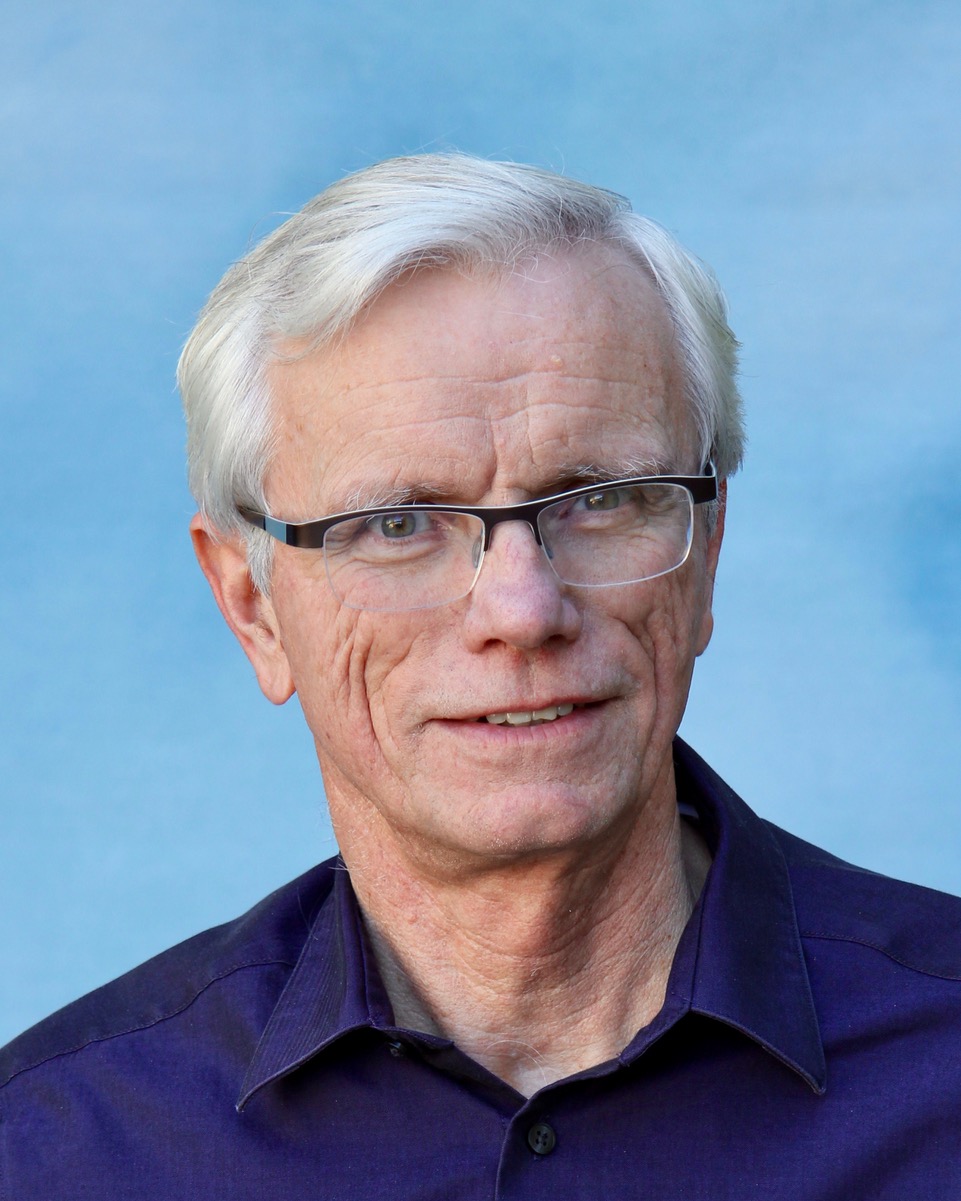
Deep Learning Weather Prediction and Earth-System Modeling
Prof. Dale Durran Professor of Atmospheric Sciences Adjunct Professor of Applied Mathematics University of Washington Monday September 12, 2022, 2 PM ET Abstract: We

Prof. Dale Durran Professor of Atmospheric Sciences Adjunct Professor of Applied Mathematics University of Washington Monday September 12, 2022, 2 PM ET Abstract: We
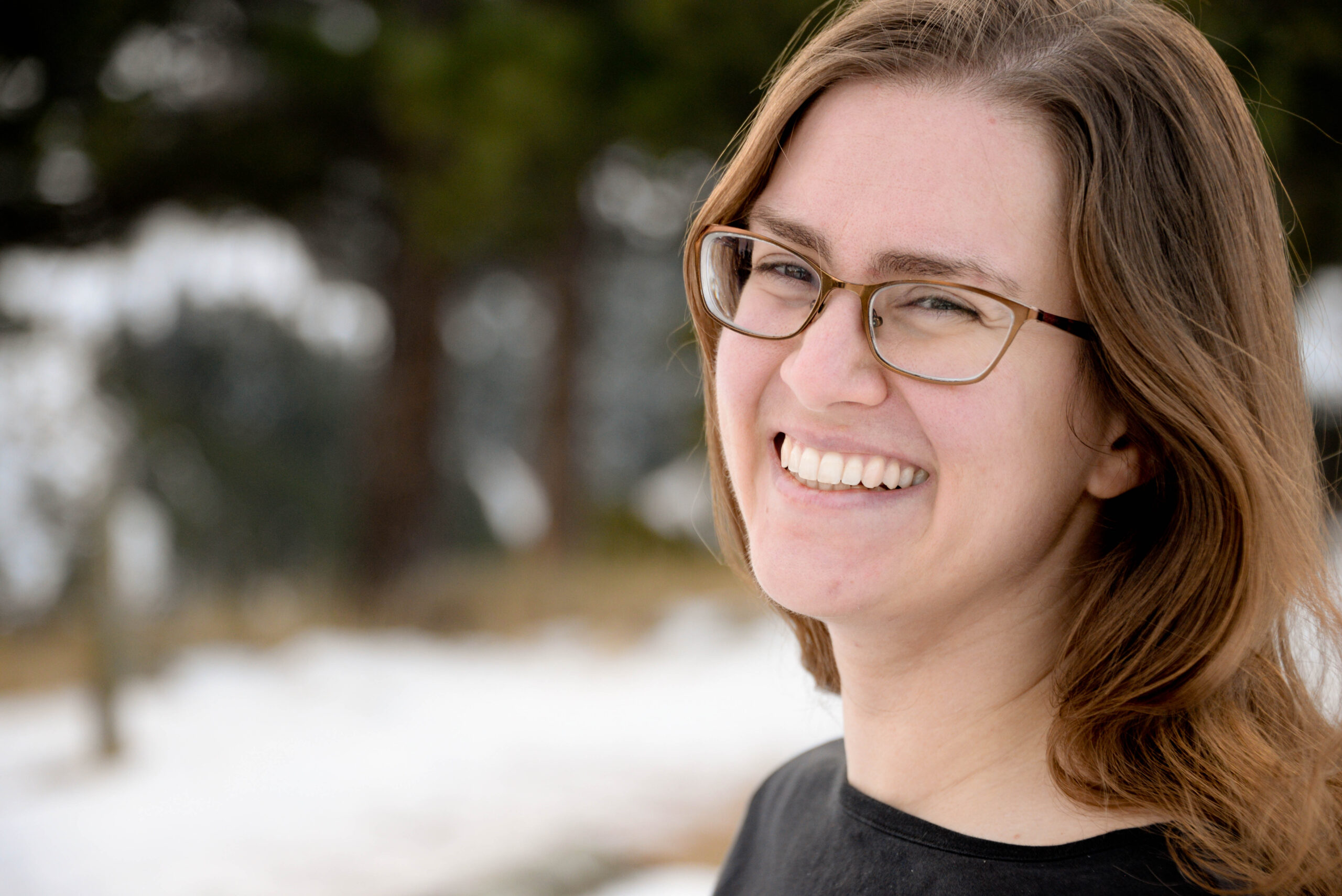
Prof. Elizabeth Maroon Department of Atmospheric and Oceanic Sciences University of Wisconsin-Madison Monday December 5, 2022, 2 PM ET Abstract: Having the ability to
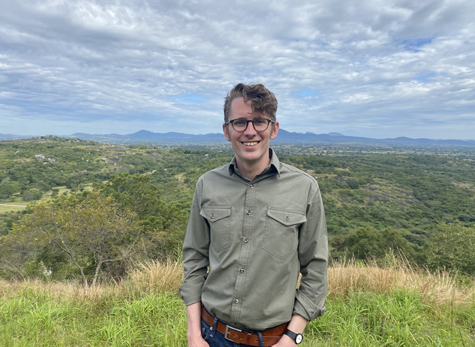
ESSIC Assistant Research Scientist Weston Anderson was recently featured in NASA’s Sciences and Exploration Directorate Early Career Scientist Spotlight.
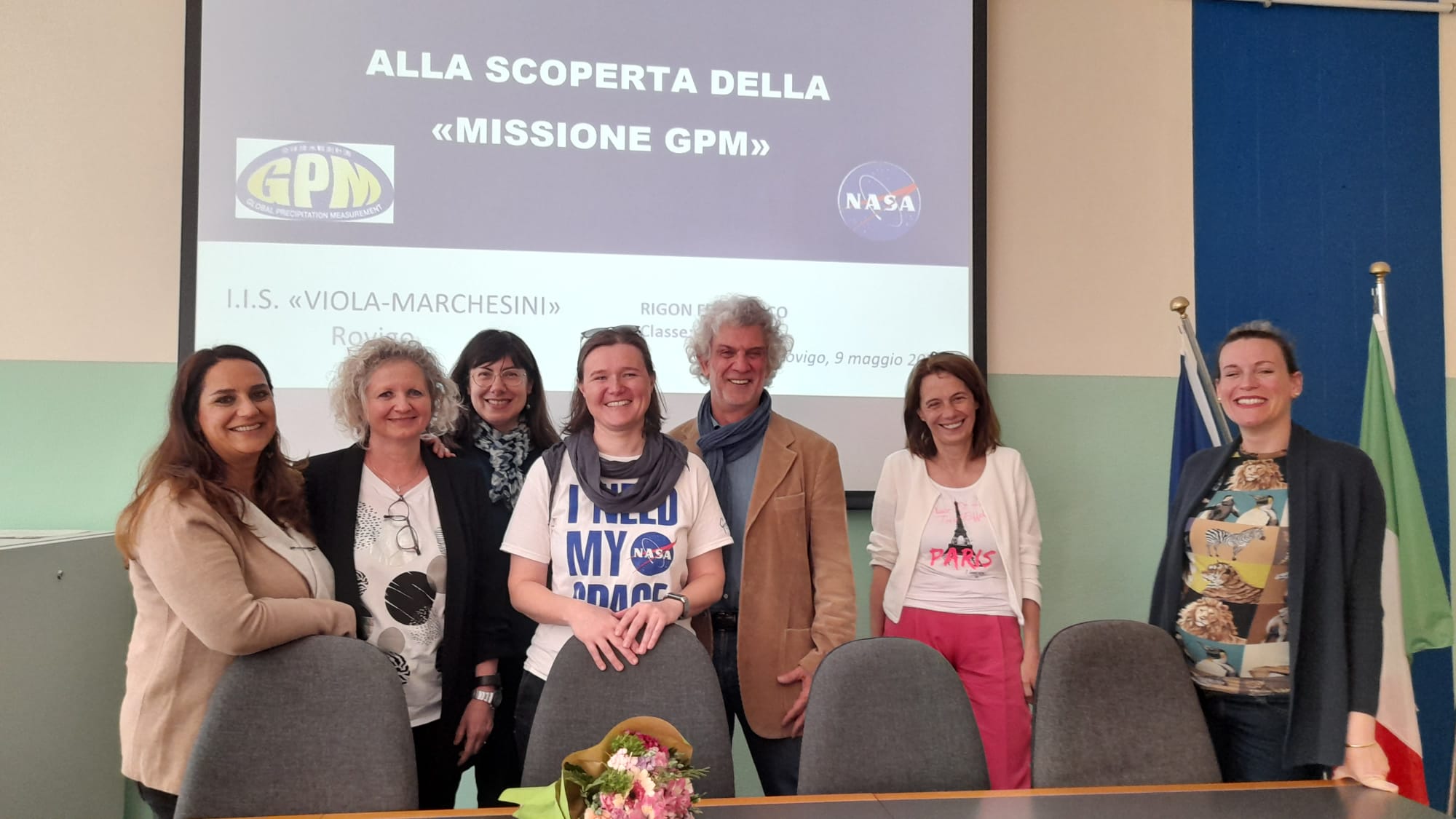
This month, the 2023 Global Precipitation Measurement Mission (GPM) Mentorship program comes to an end. The project, coordinated by ESSIC Assistant Research Scientist Lisa Milani with the help of colleagues Andrea Portier and Vaso Mantas, involved ten Italian teachers from four different schools. The effort included three lectures about “the Water Cycle”, “Weather and Climate” and “GPM products and applications” and targeted middle- and high-school teachers aiming to apply outreach material in the classroom context. After the three lectures, the teachers involved their students in a practical project applying language, programming and science contents and skills.
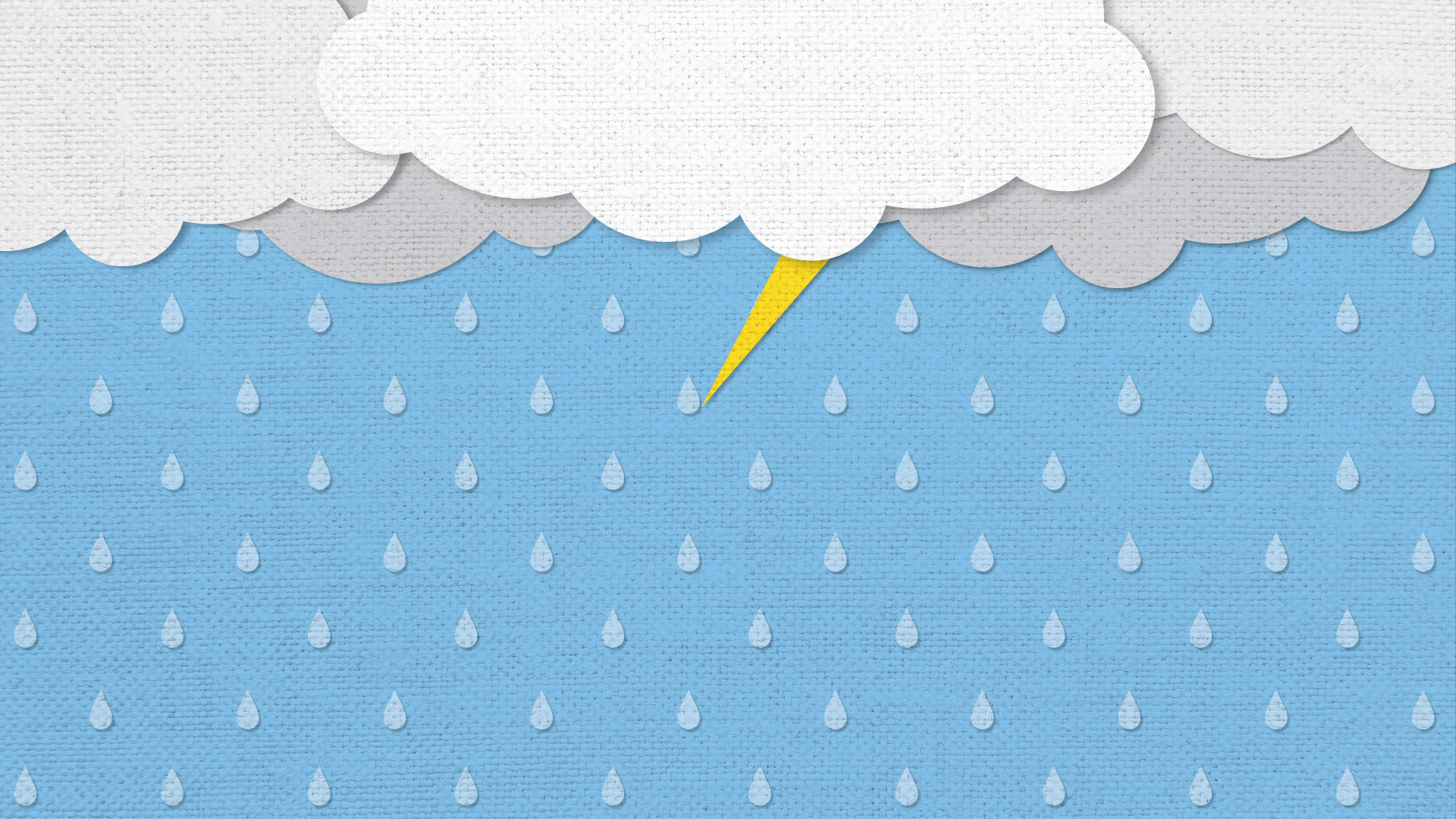
Summer brings to mind sunny days and relaxing vacations, but the season’s dark side makes it one of the busiest times of the year for a University of Maryland “fulminologist”—a scientist specializing in lightning research.
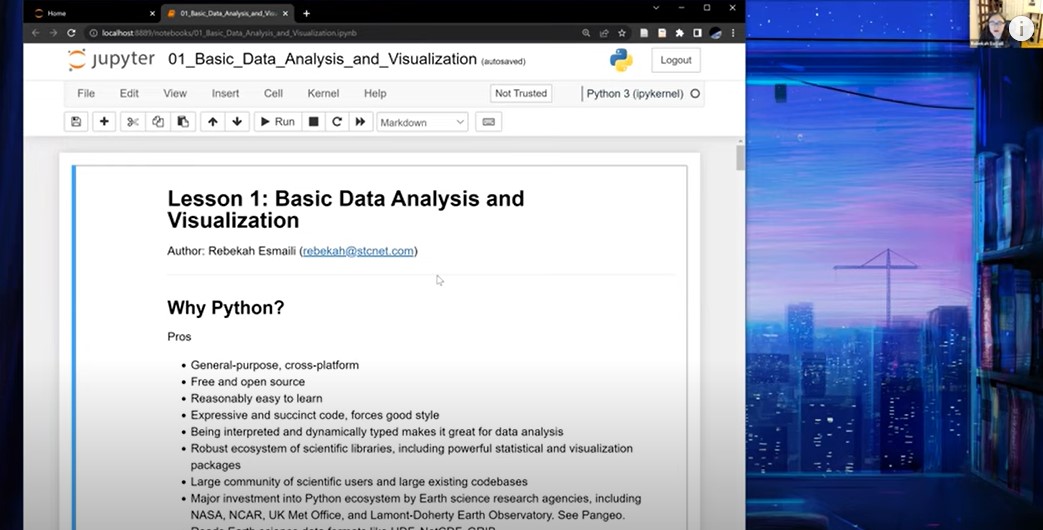
Earlier this month, Earth Systems Science Interdisciplinary Center (ESSIC) held a virtual workshop on Python hosted by Rebekah Esmaili from Science and Technology Corp (STC).
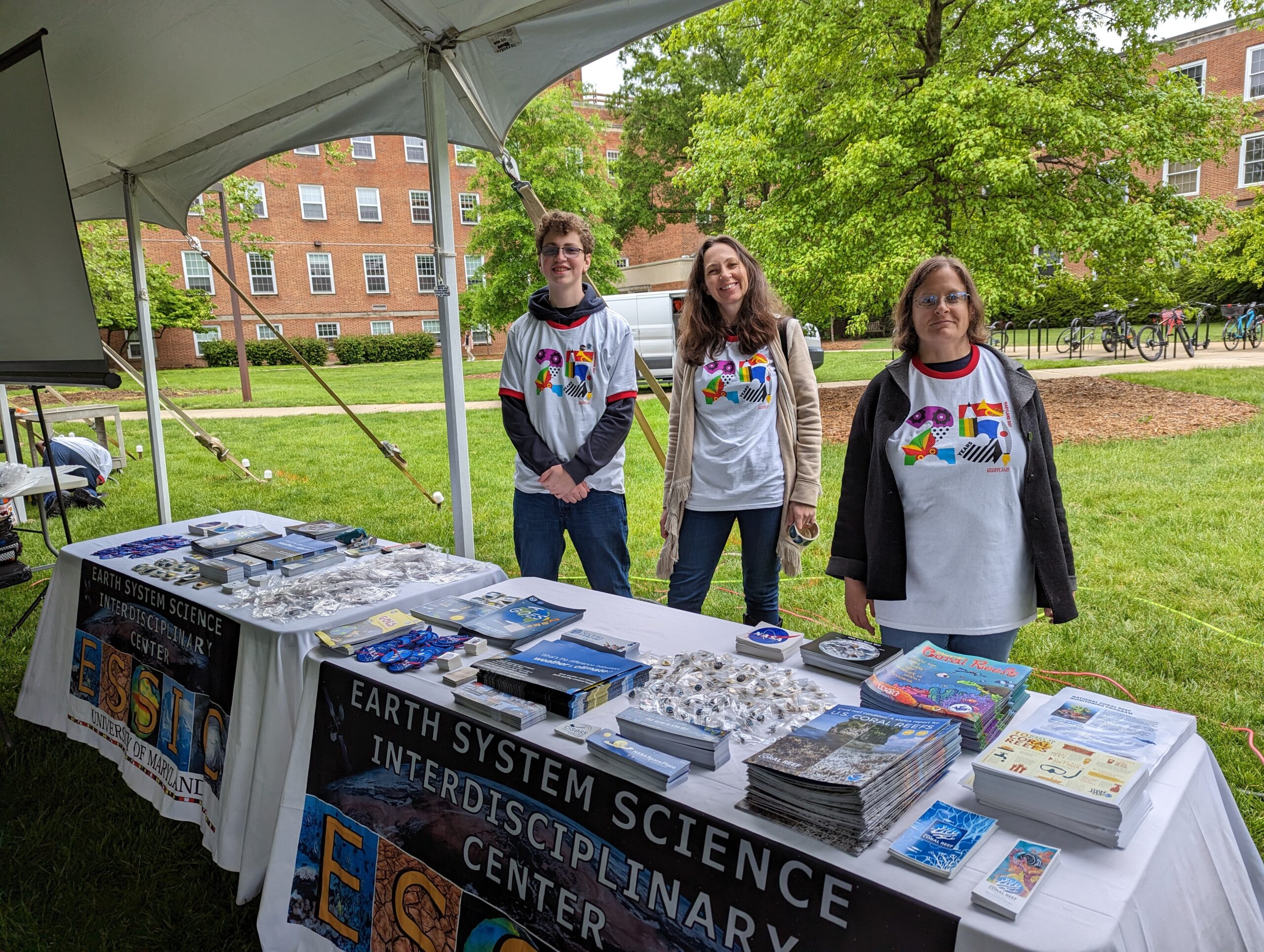
On Saturday, April 29, ESSIC faculty and staff gathered to celebrate Maryland Day, the University of Maryland’s largest community outreach event! This was the 25th year that the university held the event, and the 23rd time that ESSIC has participated.
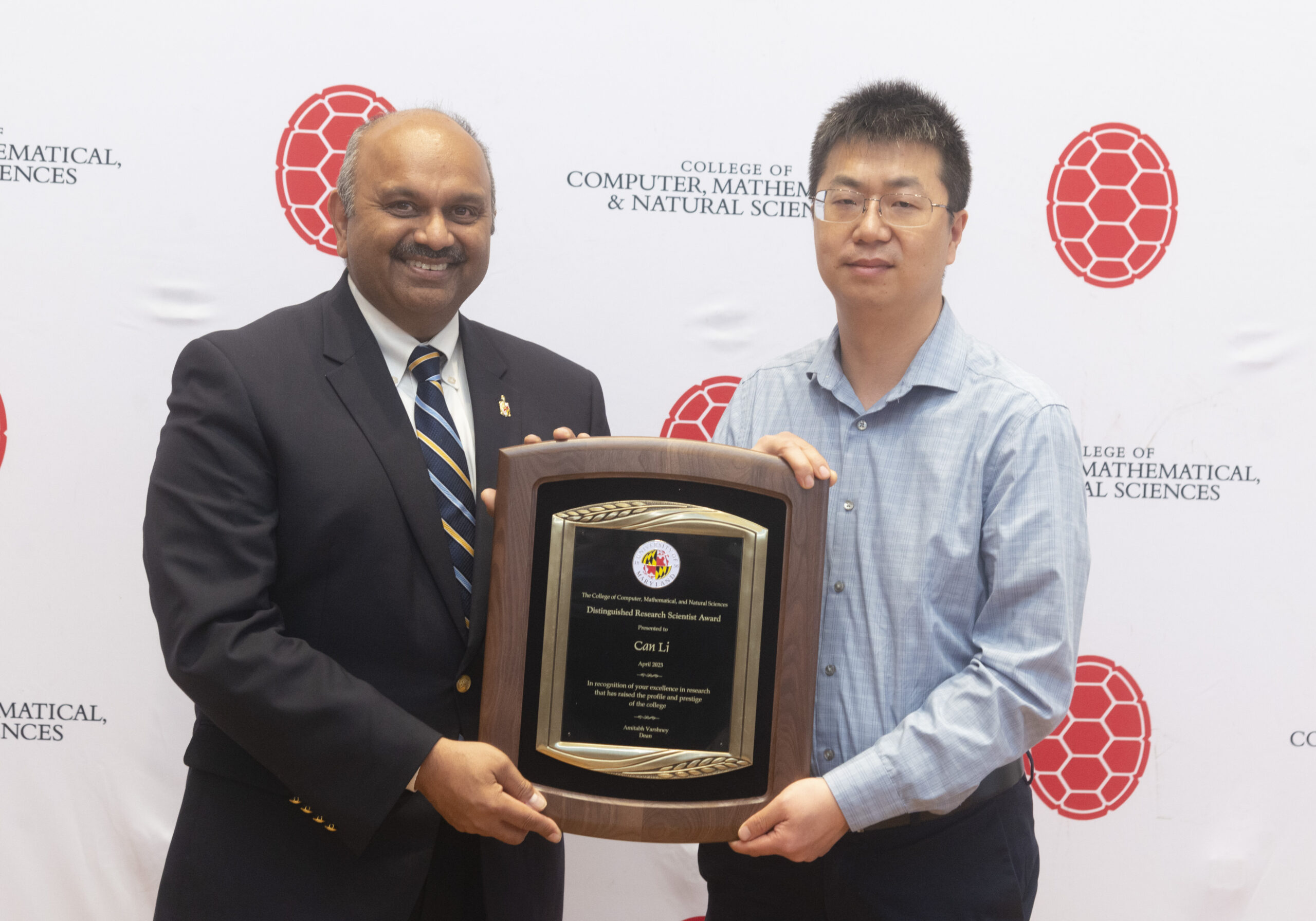
Congratulations to ESSIC Scientist Can Li, the newest recipient of CMNS’ Distinguished Research Scientist Prize.
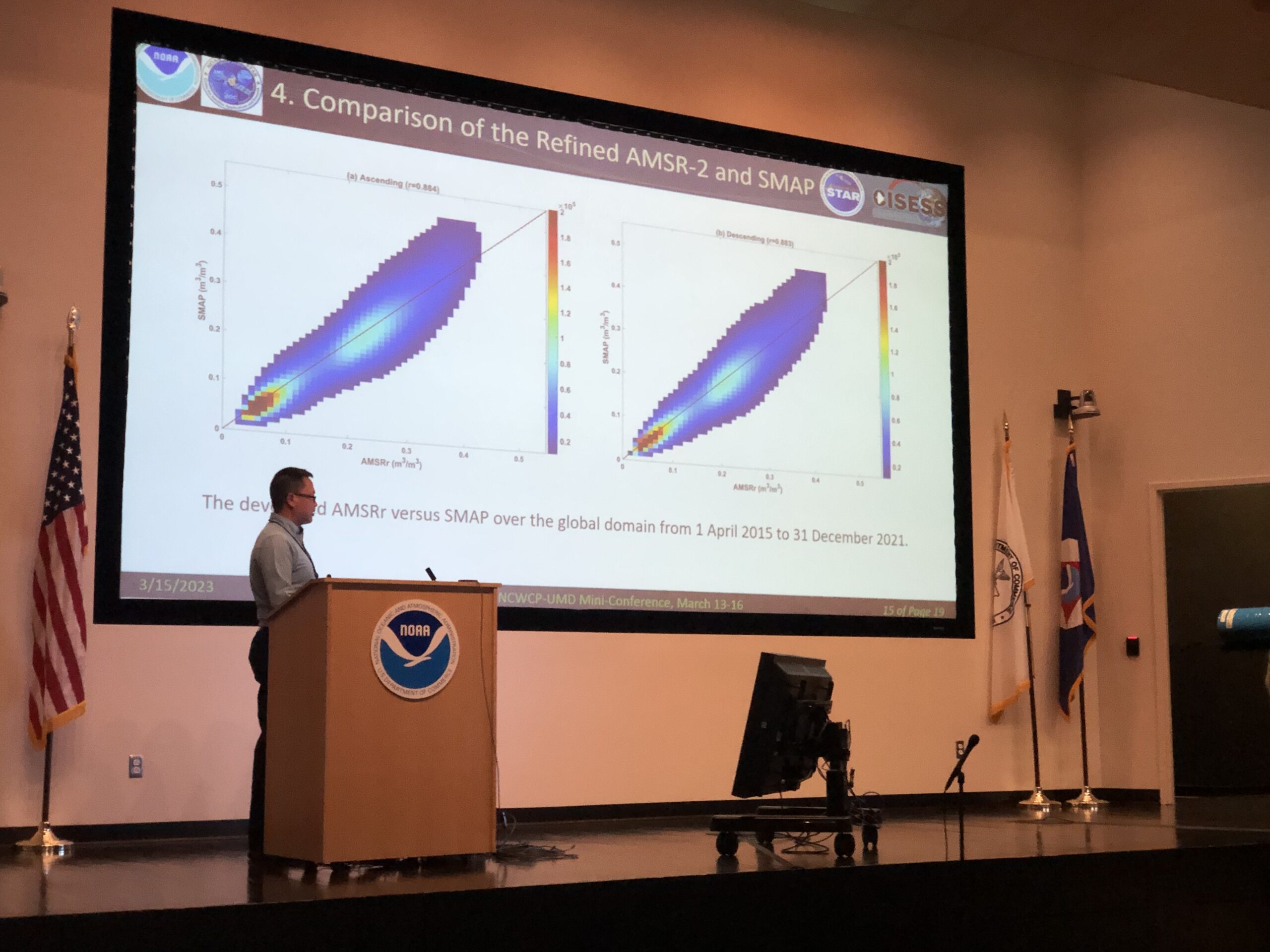
Recently, researchers from NOAA Center for Weather and Climate Prediction (NCWCP) and University of Maryland gathered for a mini-conference to share presentations from recent conferences such as the American Geophysical Union (AGU) and American Meteorological Society (AMS) annual meetings.
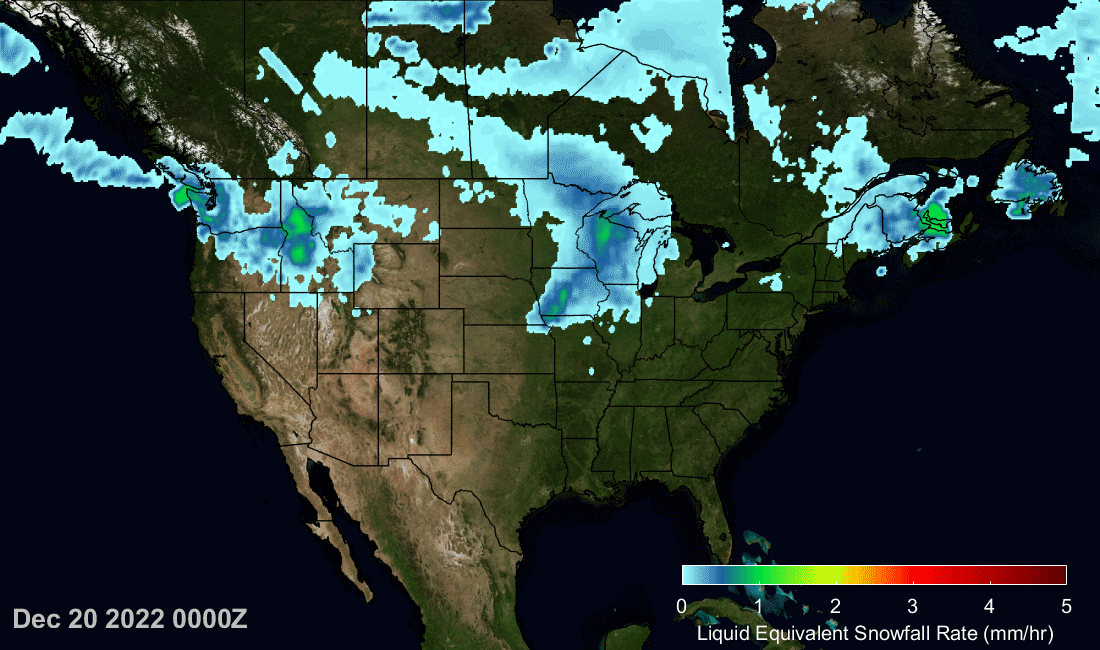
Last week, NOAA NESDIS held a two-day virtual workshop on “Precipitation Estimation from LEO Satellites: Retrieval and Applications”. The workshop was organized by CISESS Consortium Scientist Kuolin Hsu at University of California, Irvine through a task funded by NESDIS’ Joint Polar Satellite System (JPSS) Program Office. The primary goal of the workshop was to determine future satellite observation requirements for global precipitation. The workshop had nearly 100 participants for each of the four sessions that spanned two days.